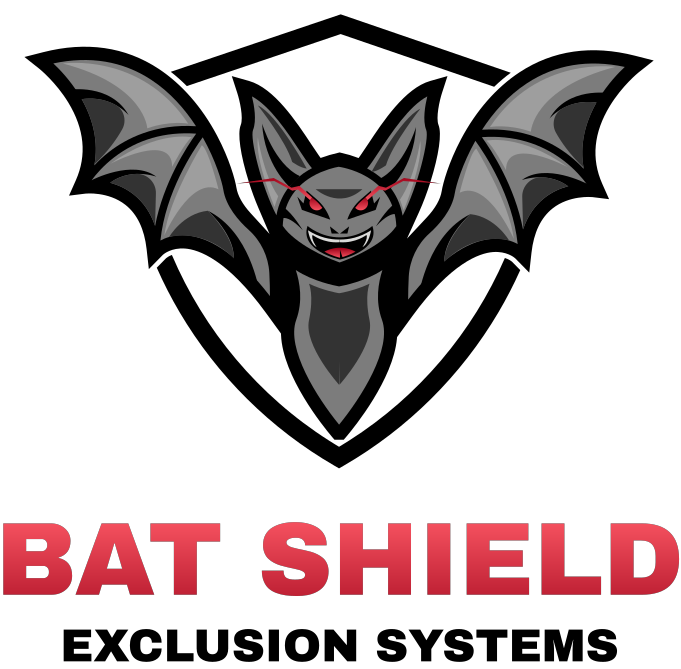Bats rarely move once they establish a cozy brooding site, and occasionally they end up colonizing the area. Everything would be OK if this were happening in a cave somewhere far away from people. But if they were to move to your house, the smell of guano and their squeaking might become bothersome to you and your guests.
Bats will enter and establish a home in any area of the house where materials have shrunk, twisted, or separated. They need little room, and they can fit through a hole that is as small as ¼” inch. This means that more often than not, bats will move into the older homes than newer buildings. They provide more potential access points through their chimneys, gaps, and cracks in the siding, plaster walls, and separated flashings.
What Bats Can You Find in Your House?
In the United States, there are around 45 different species of bats, but only colonial bat species inhabit homes. Three of these species are the most likely to find a warm old-house attic, wall, or soffit to be an appealing place to nest.
Which are:
Big Brown Bats
Big brown bats are spread throughout most of the US and Canada. Due to their size, their colonies are usually much smaller—about twelve bats.
Little Brown Bats
Little brown bats are spread throughout the northern US and Canada. Their diminutive size means their colonies can total several hundred.
Mexican Free-tailed Bats
Mexican Free-tailed Bats are smaller and can be found spread throughout the western and southern sides of the US. Because of their size, typical colonies can be in the thousands.
Getting Rid of Bats From Your House
Even if they were roosting inside your home, killing a colony of bats is cruel, impractical, and unquestionably illegal. The Endangered Species Act of 1973 and the Fish and Wildlife Act of 1956 protect eight endangered bat species, but fortunately, the majority of these species do not live in homes.
If you want to permanently get rid of the bats, you need to first eliminate mothballs, ultrasonic deterrent devices, or aerosol spray from your options. They are not effective long-term solutions. What’s more, they could also put you on the wrong side of the law because it’s extremely difficult to distinguish between the protected and unprotected species.
Evicting bats from your home is the only long-term way to get rid of them. This process is called exclusion.
What is Bat Exclusion?
Bat exclusion entails using netting or tubes to block the entrance points the bats use. The bats can fly out and descend, but they cannot return to the space by crawling. This procedure will completely end your bat problem, so you won’t have to worry whether the bats will return after exclusion.
This is a significant undertaking, particularly if your bat colony is huge, but it is also a straightforward DIY endeavor if you only have a few bats.
The Best Time of Year for a Bat Exclusion
It’s advisable to schedule a bat exclusion for late summer or early spring because it falls outside the maternity season. During the maternity season, from mid-May to mid-August, female bats give birth to pups that are unable to fly for the first few weeks. It’s prudent to do it outside this period because the presence of infant bats can complicate the entire bat exclusion.
How Long Will a Bat exclusion Take?
As much as we would like to provide a specific timeline, it is impossible because bat exclusions vary substantially. It can be a one-day procedure or longer, but the size of the structure, the size of the colony, the feeding schedule, and the weather all play a big part in how long the procedure takes.
Rushing a Bat Exclusion
Bat exclusion has an entire procedure to follow, so there is no way you can make it go any faster. Rushing the process can therefore bear some unpleasant consequences. For instance, moving them during maternity season can orphan the cubs, and exterminating endangered bat species is a federal offense.
Since this has to be done humanely and within the confines of the law, your best option is to call a bat exclusion specialist like those at WNY Wildlife & Exclusion. Call (716) 203-1166 today.

